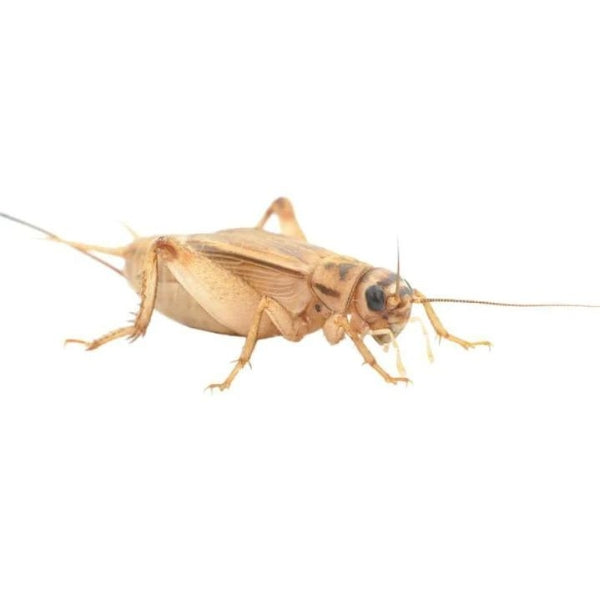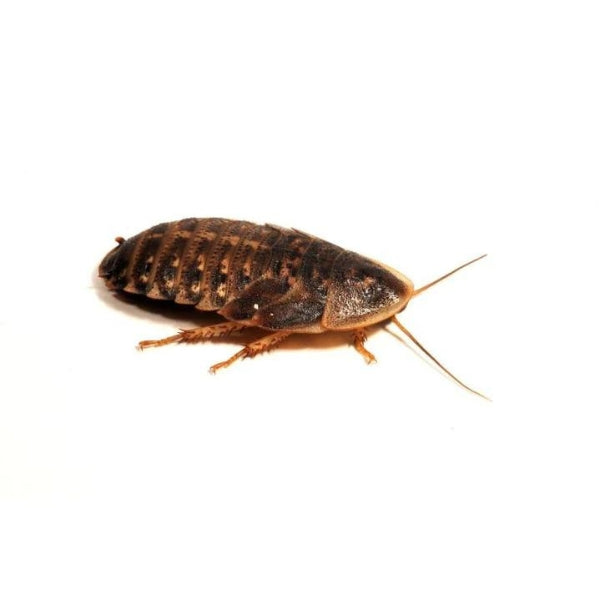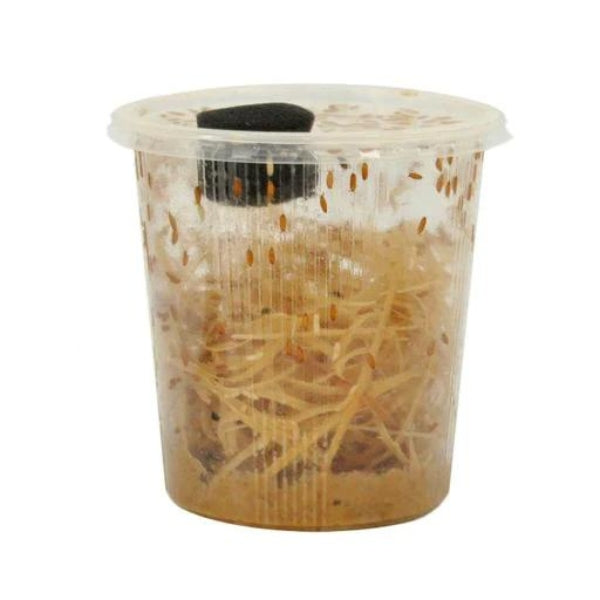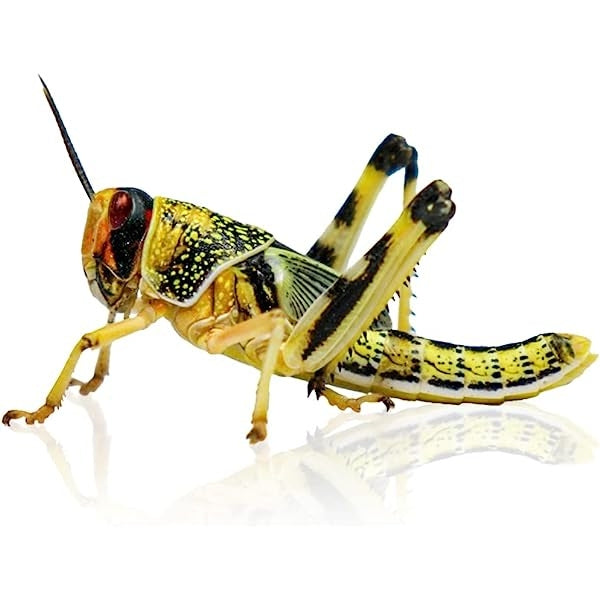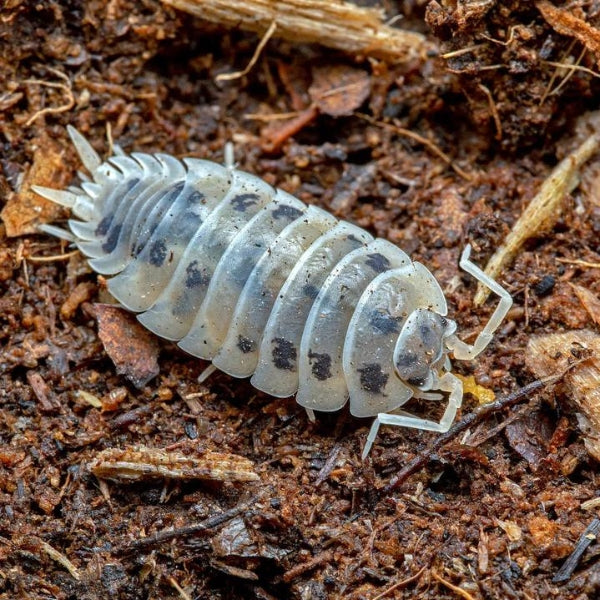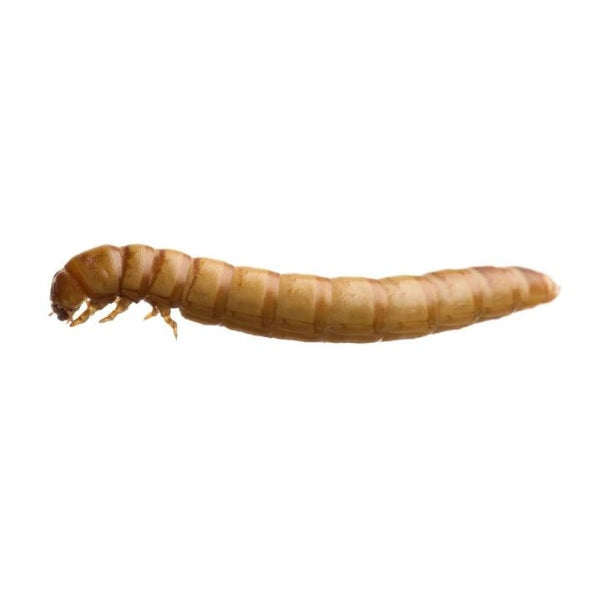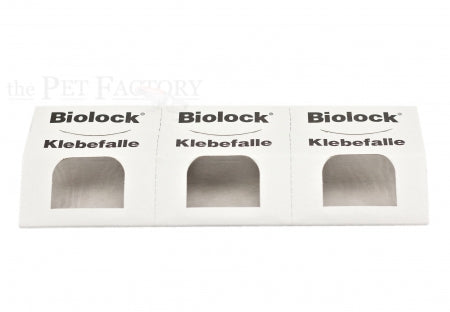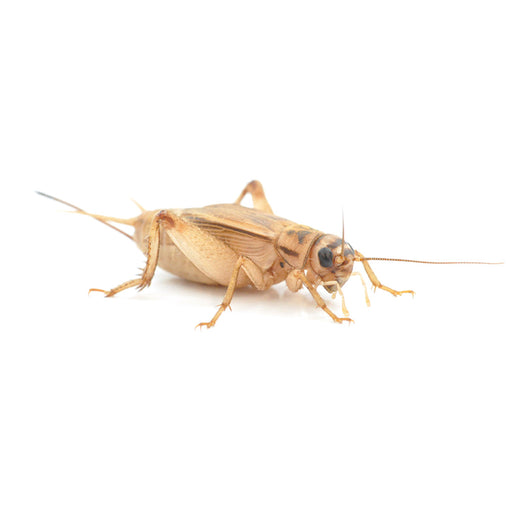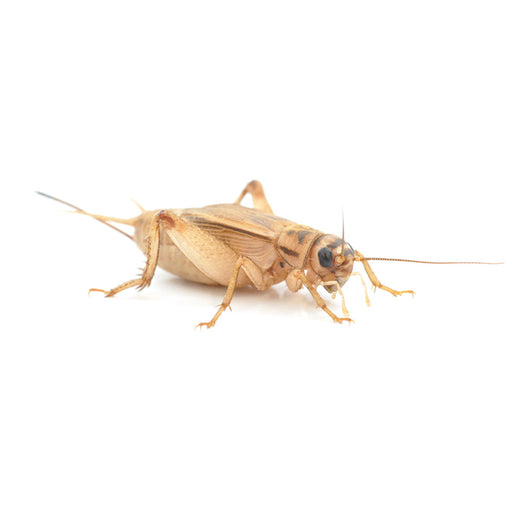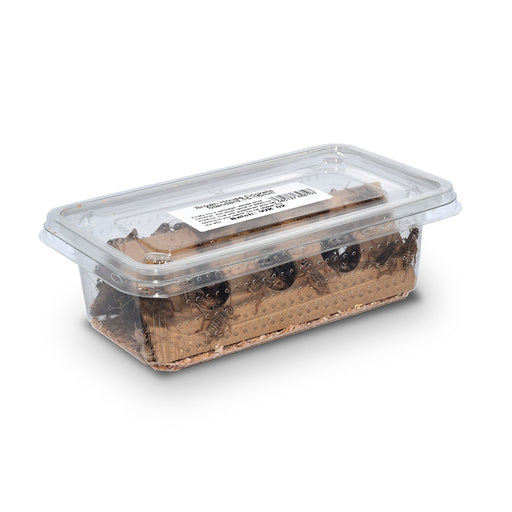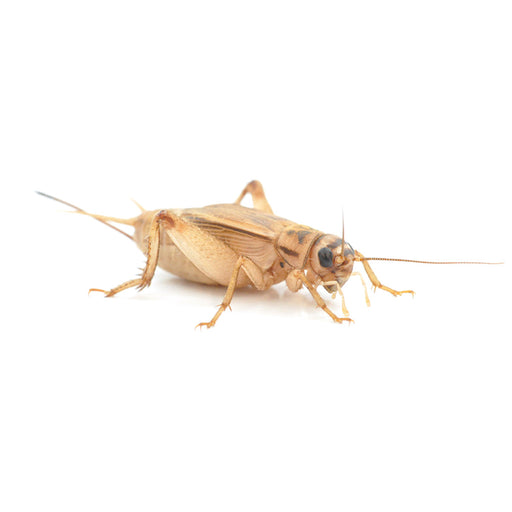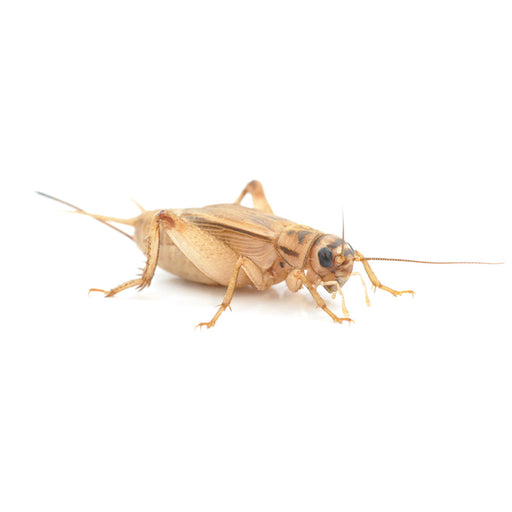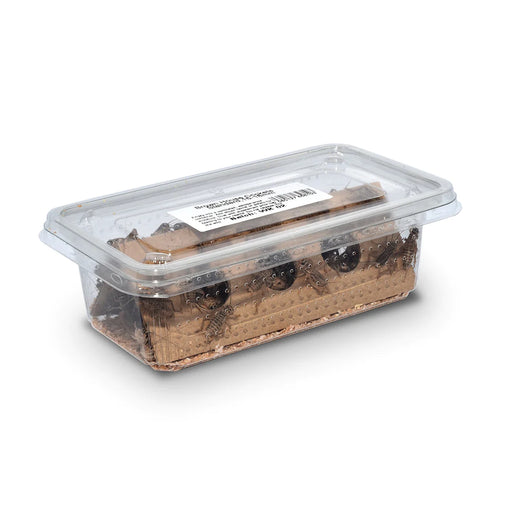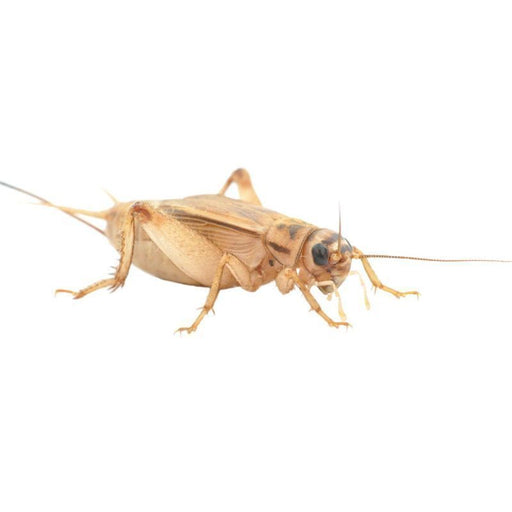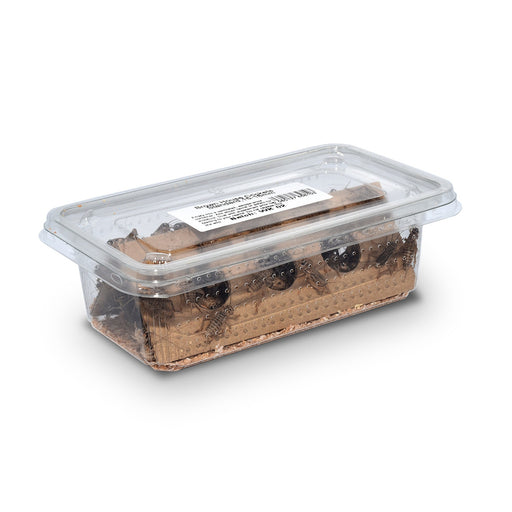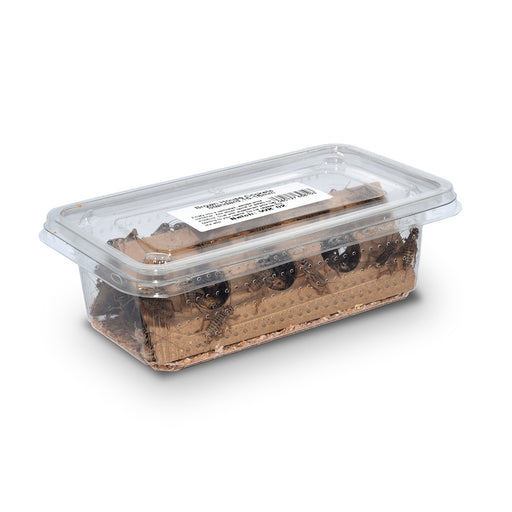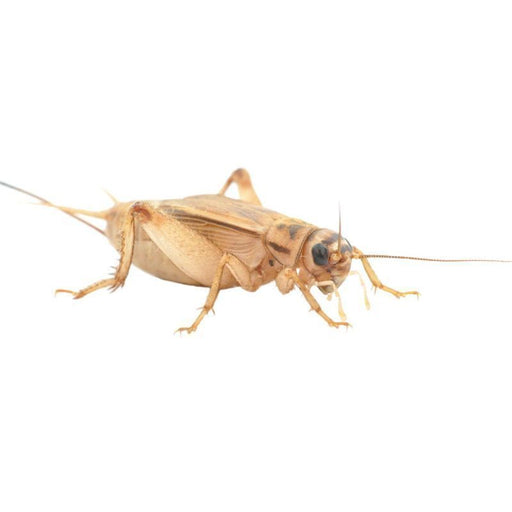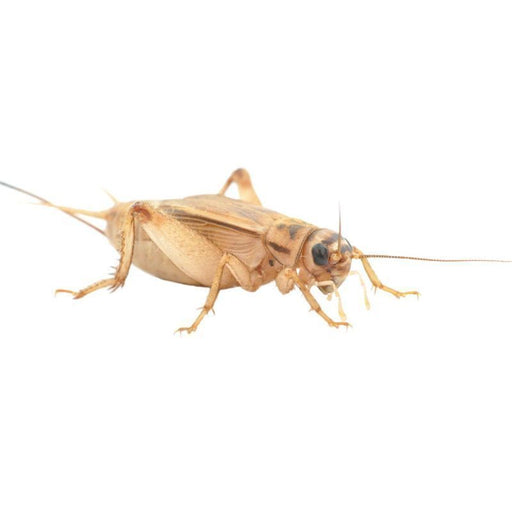Crickets
Buy Live Crickets Online and In-Store at Newlands.
Special Offer: Buy Any 3 Packs Of Live Food and Get 4th Pack Free! Mix & Match
We supply a range of silent brown crickets in various sizes. We offer a fast next day nationwide delivery. Lowest prices and freshness guaranteed. Live food available for collection in store. All our live food arrives with heat packs and in breathable tubs.
Shop with Confidence. Fast next day nationwide delivery.
-
Original price €12.99 - Original price €12.99Original price€12.99€12.99 - €12.99Current price €12.99| /
Cricket Trap
Only 1 left!Cricket traps are ideal for catching escaped food insects in living areas. Equipped with a bait, they attract harmful insects, which stick to the ...
View full detailsOriginal price €12.99 - Original price €12.99Original price€12.99€12.99 - €12.99Current price €12.99| / -
Original price €0.00 - Original price €0.00Original price €0.00€5.99€5.99 - €5.99Current price €5.99| /
Crickets Silent Brown - Standard
Out of stockSilent Brown Crickets (Gryllus assimilis) are the larger species of brown cricket, and whilst not completely silent, they are the quietest species ...
View full detailsOriginal price €0.00 - Original price €0.00Original price €0.00€5.99€5.99 - €5.99Current price €5.99| /Sold out -
Original price €4.00 - Original price €4.00Original price€4.00€4.00 - €4.00Current price €4.00| /
House Brown Circkets 12-14 Tub
Out of stockMonkfield House Brown Crickets are easily digestible due to their soft-bodies. A hardy and cold-tolerant species of cricket means they withstand ...
View full detailsOriginal price €4.00 - Original price €4.00Original price€4.00€4.00 - €4.00Current price €4.00| /Sold out -
Original price €0.00 - Original price €0.00Original price €0.00€4.99€4.99 - €4.99Current price €4.99| /
House Brown Crickets 1st (1-2mm)
Only 1 left!Overview:- Soft-bodied- Hardy, cold-tolerant cricket Details:Monkfield House Brown Crickets (Acheta Domesticus) are easily digestible due to their ...
View full detailsOriginal price €0.00 - Original price €0.00Original price €0.00€4.99€4.99 - €4.99Current price €4.99| / -
Original price €0.00 - Original price €0.00Original price €0.00€4.99€4.99 - €4.99Current price €4.99| /
House Brown Crickets 2nd Tub (6mm)
5+ in stockOverview:- Soft-bodied- Hardy, cold-tolerant cricket Details:Monkfield House Brown Crickets (Acheta Domesticus) are easily digestible due to their ...
View full detailsOriginal price €0.00 - Original price €0.00Original price €0.00€4.99€4.99 - €4.99Current price €4.99| / -
Original price €0.00 - Original price €0.00Original price €0.00€4.99€4.99 - €4.99Current price €4.99| /
House Brown Crickets 3rd Tub (8mm)
5+ in stock5.0 / 5.0
2 Reviews
Overview:- Soft-bodied- Hardy, cold-tolerant cricket Details:Monkfield House Brown Crickets (Acheta Domesticus) are easily digestible due to their ...
View full detailsOriginal price €0.00 - Original price €0.00Original price €0.00€4.99€4.99 - €4.99Current price €4.99| / -
Original price €0.00 - Original price €0.00Original price €0.00€4.99€4.99 - €4.99Current price €4.99| /
House Brown Crickets 4th Tub (12-14mm)
5+ in stock5.0 / 5.0
1 Review
Overview:- Soft-bodied- Hardy, cold-tolerant cricket Details:Monkfield House Brown Crickets (Acheta Domesticus) are easily digestible due to their ...
View full detailsOriginal price €0.00 - Original price €0.00Original price €0.00€4.99€4.99 - €4.99Current price €4.99| / -
Original price €0.00 - Original price €0.00Original price €0.00€5.99€5.99 - €5.99Current price €5.99| /
House Brown Crickets Large Tub (19-22mm)
5+ in stockOverview:- Soft-bodied- Hardy, cold-tolerant cricket Details:Monkfield House Brown Crickets (Acheta Domesticus) are easily digestible due to their ...
View full detailsOriginal price €0.00 - Original price €0.00Original price €0.00€5.99€5.99 - €5.99Current price €5.99| / -
Original price €0.00 - Original price €0.00Original price €0.00€5.99€5.99 - €5.99Current price €5.99| /
House Brown Crickets Standard Tub (15-18mm)
5+ in stock5.0 / 5.0
1 Review
Monkfield House Brown Crickets are easily digestible due to their soft-bodies. A hardy and cold-tolerant species of cricket means they withstand ...
View full detailsOriginal price €0.00 - Original price €0.00Original price €0.00€5.99€5.99 - €5.99Current price €5.99| /

